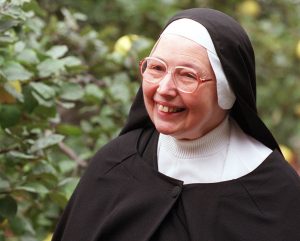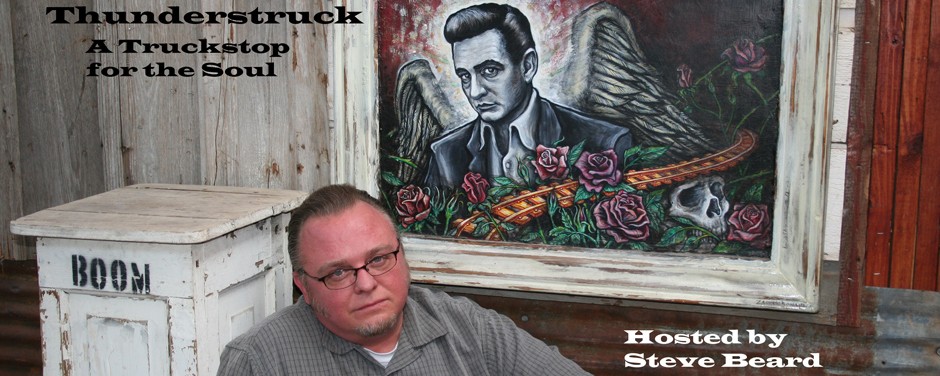
By Robert D. McFadden• Dec. 26, 201
Sister Wendy Beckett, a Roman Catholic nun who interrupted a cloistered life of prayer in England in 1991 and soared to international stardom with lyrical BBC documentaries that made her one of the most improbable art critics in television history, died on Wednesday in the village of East Harling, England. She was 88.
Her death was confirmed by the Carmelite Monastery in Quidenham, England, where she had lived in a trailer for decades, though not as a member of the Carmelite order.
Bending backward in her black habit in the Vatican’s Sistine Chapel, gazing up through large eyeglasses at Michelangelo’s “The Creation of Adam,” Sister Wendy spoke with a storyteller’s wonder at the solemn, sensuous moment on the ceiling as two fingertips near the touch that begat the creation of life.
“Adam’s sprawled there in his naked male glory, but he’s not alive,” she told viewers in 1996. “All he can do is lift up a flaccid finger, and out of the clouds whirls down the God of Power. In his great flying cloak there’s a world. Whether that’s Eve or not, there’s a human face there looking straight at Adam with the eyes daring him to respond to the challenge. And God’s finger touches that of Man.”
It was a magical moment of television, too. Sister Wendy was small and stooped, with a plain face, buck teeth and a slight speech impediment that rendered R’s as W’s. But her insightful, unscripted commentaries — a blend of history, criticism and observations on Leonardo da Vinci, van Gogh, Botticelli, Rembrandt, Monet and other Western masters — connected emotionally with millions in Britain and America.
By 1997, as she marked 50 years as a nun, the Oxford-educated Sister Wendy had made three television series, the most successful BBC arts programs since “Civilisation,” the art historian Kenneth Clark’s landmark 1969 documentaries. She had also written 15 books on art and religion, and was a celebrity on both sides of the Atlantic, featured in articles and mobbed by fans.
For all her success, she remained a nun with commitments to prayer, solitude (when possible) and vows of poverty. She assigned all her earnings to a Carmelite order that had sheltered her for decades, and she attended Mass daily, even when traveling.
Until she was 61, she had been a model of worldly renunciation: a hermit living in a windowless trailer on the grounds of the Carmelite Monastery in East Anglia, subsisting mainly on skim milk and rarely speaking to anyone. She prayed seven hours a day and went out only to morning Mass or to a mobile library van for books.
She was ambivalent about celebrity. She liked “wonderful sweet people” who thanked her for helping them understand paintings, she told The New York Times in 1997. But, she added: “Nothing is more humiliating than being on television. You make such a fool of yourself.”
Some art critics agreed, calling her amateurish. But audiences were captivated by her richly human tales, which brought art to life. At the British Museum, standing beside a Greek wine jar painted 2,500 years ago, she embroidered the portrayal of Achilles slaying Penthesilea, the Amazon queen, at the fall of Troy.
“As he drove his spear through her throat,” she said, “their eyes met, and he saw how young she was and how lovely and brave. He fell in love — but he killed her.”
Sister Wendy eventually wrote some 25 books, including collections of poetry and meditations, and made a dozen documentaries, many released on DVD. She always returned to the austere seclusion that was her home for nearly a half-century, although her trailer was upgraded in 1994.
“The sisters worried about the lack of insulation, so they put up a small mobile home, which has a lavatory, bathroom and light fittings,” she told The Telegraph of London in 2010. “I have an electric kettle, fridge, warming oven and night storage heater, so my life is as comfortable as it needs to be.”
To read entire New York Times obit, click HERE
